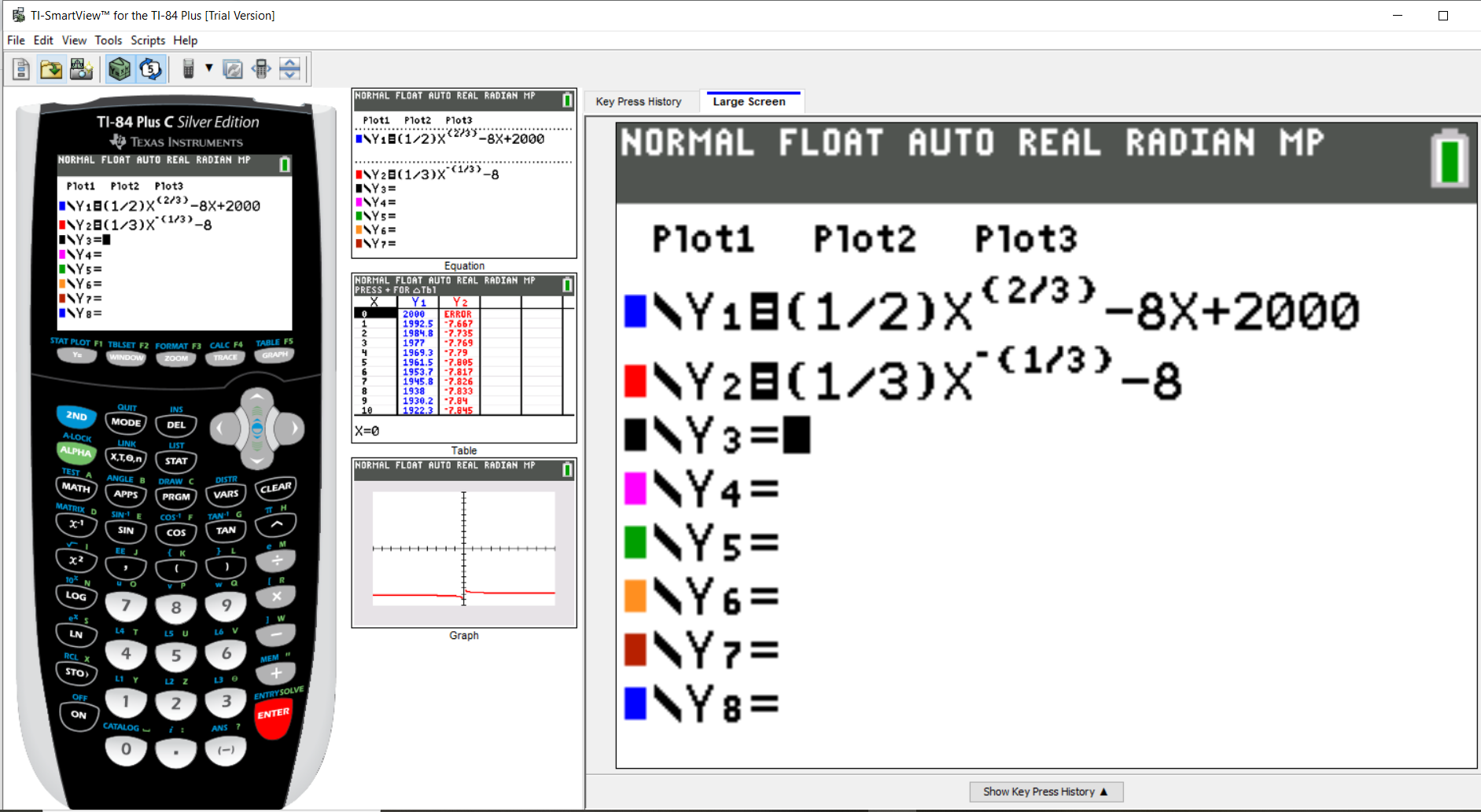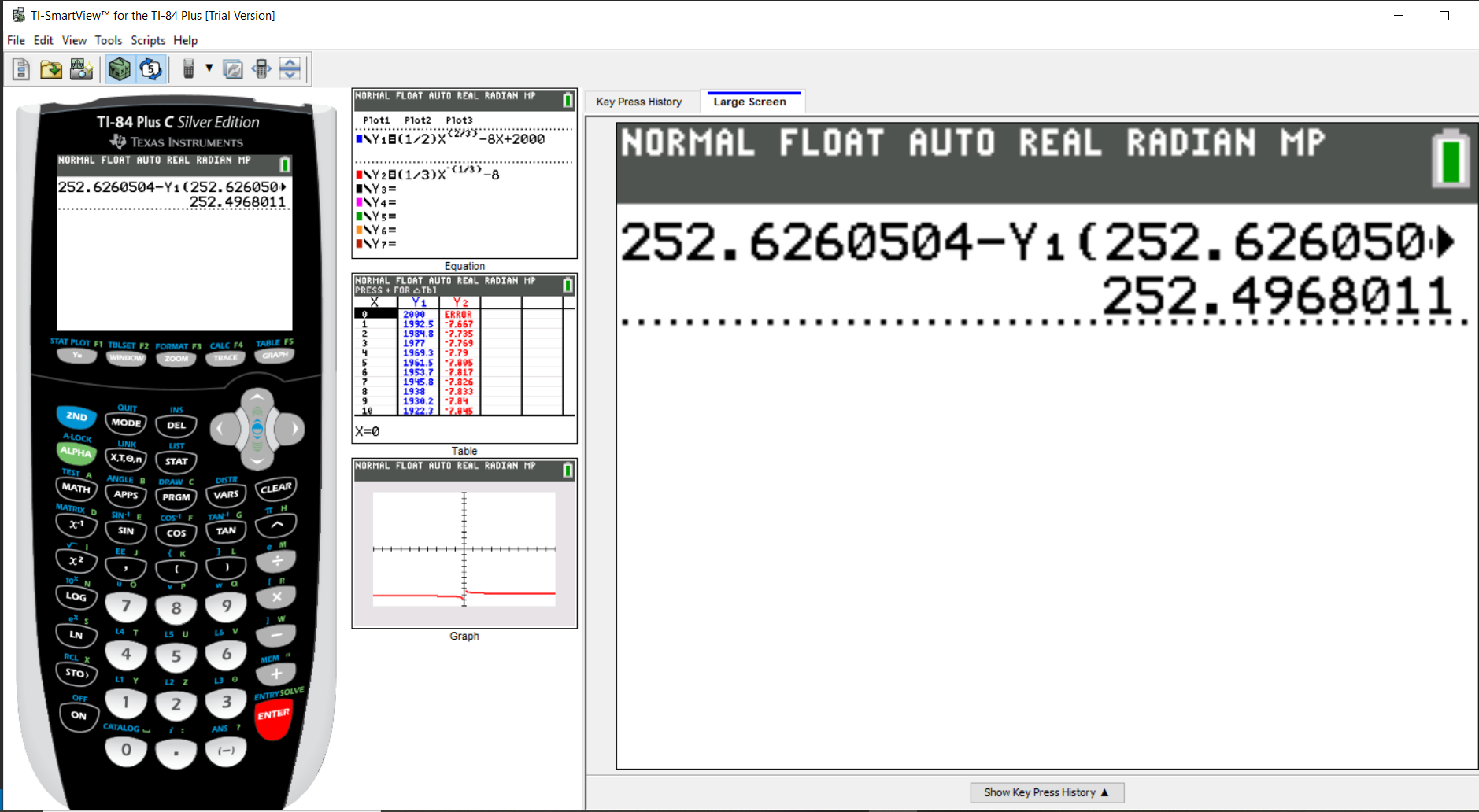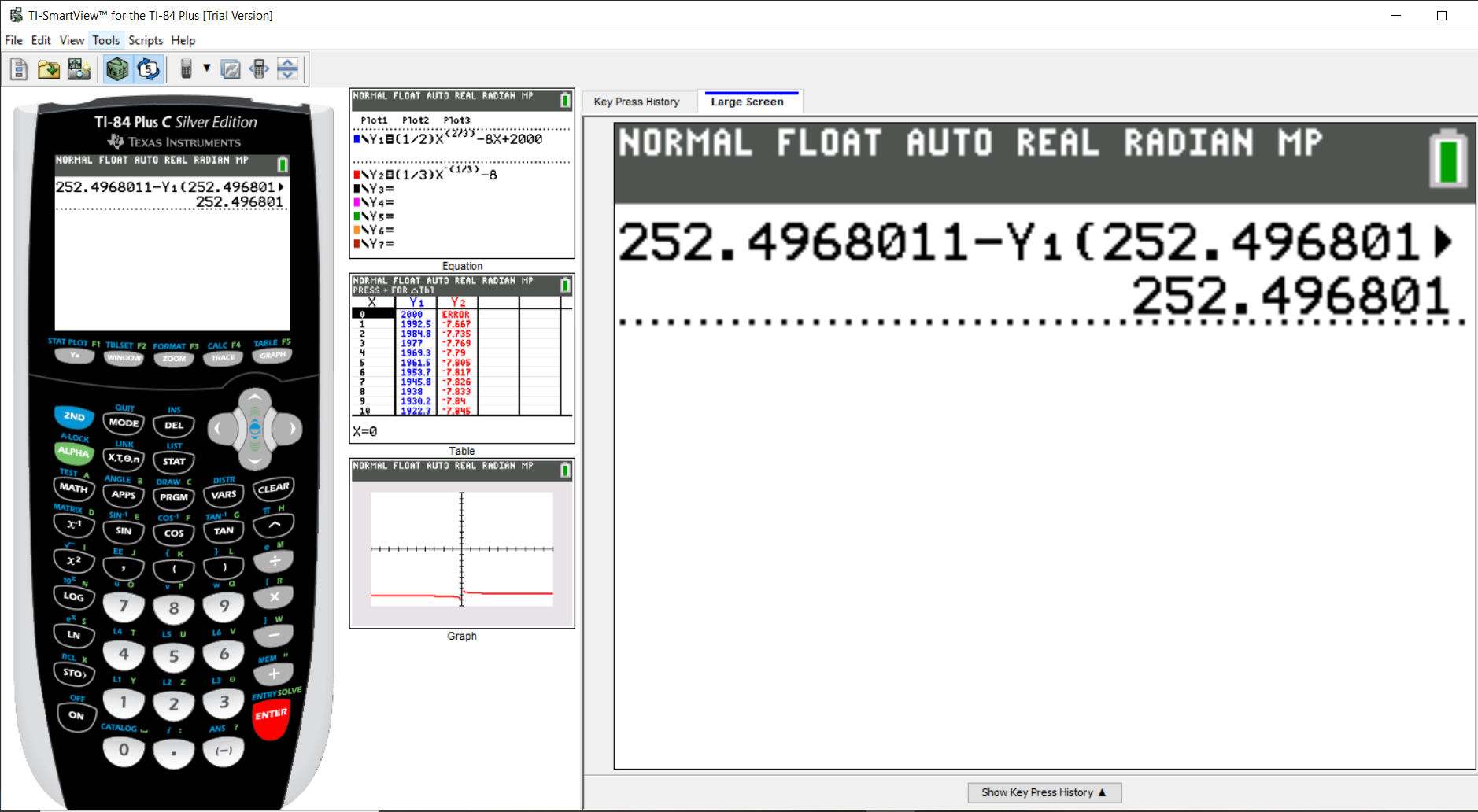 Verify your answers as applicable with the: Differential Calculus Calculators
Verify your answers as applicable with the: Differential Calculus Calculators
Prerequisite Topics:
Exponents and Logarithms
Factoring
Difference Quotient
Trigonometry
Derivatives
For JAMB Students
Calculators are not allowed. So, the questions are solved in a way that does not require a calculator.
For WASSCE Students
Any question labeled WASCCE is a question for the WASCCE General Mathematics
Any question labeled WASSCE-FM is a question for the WASSCE Further Mathematics/Elective Mathematics
For NSC Students
For the Questions:
Any space included in a number indicates a comma used to separate digits...separating multiples of three digits from behind.
Any comma included in a number indicates a decimal point.
For the Solutions:
Decimals are used appropriately rather than commas
Commas are used to separate digits appropriately.
Solve all questions
Show all work
Use at least two methods whenever applicable
Indicate the method(s) used as applicable
For questions involving Newton's method, you may use the TI-84 Plus calculator as illustrated in Example 2


